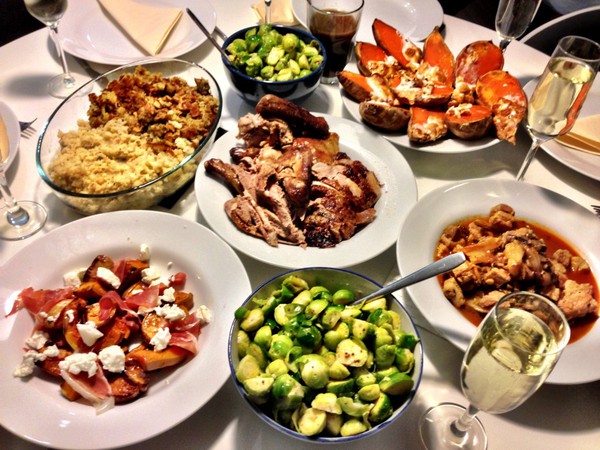The Mind Illuminated – A Quick Reference Guide
Here’s a handy quick reference guide to the stages in The Mind Illuminated. I put this together so that I could refer to the guide whenever I found myself stuck. All of this information is in the book and much of this was copied verbatim.
Like one of those “quick study” guides in college, this is only useful as an addendum to the full book. I am thinking of converting this to a nicer format for printing (probably 11″x17″ or 16″x20″) in the future, perhaps with some illustrations.
I am a student of Upsasaka Culadasa’s and in his teacher training program. I very much hope this is useful to you.






















